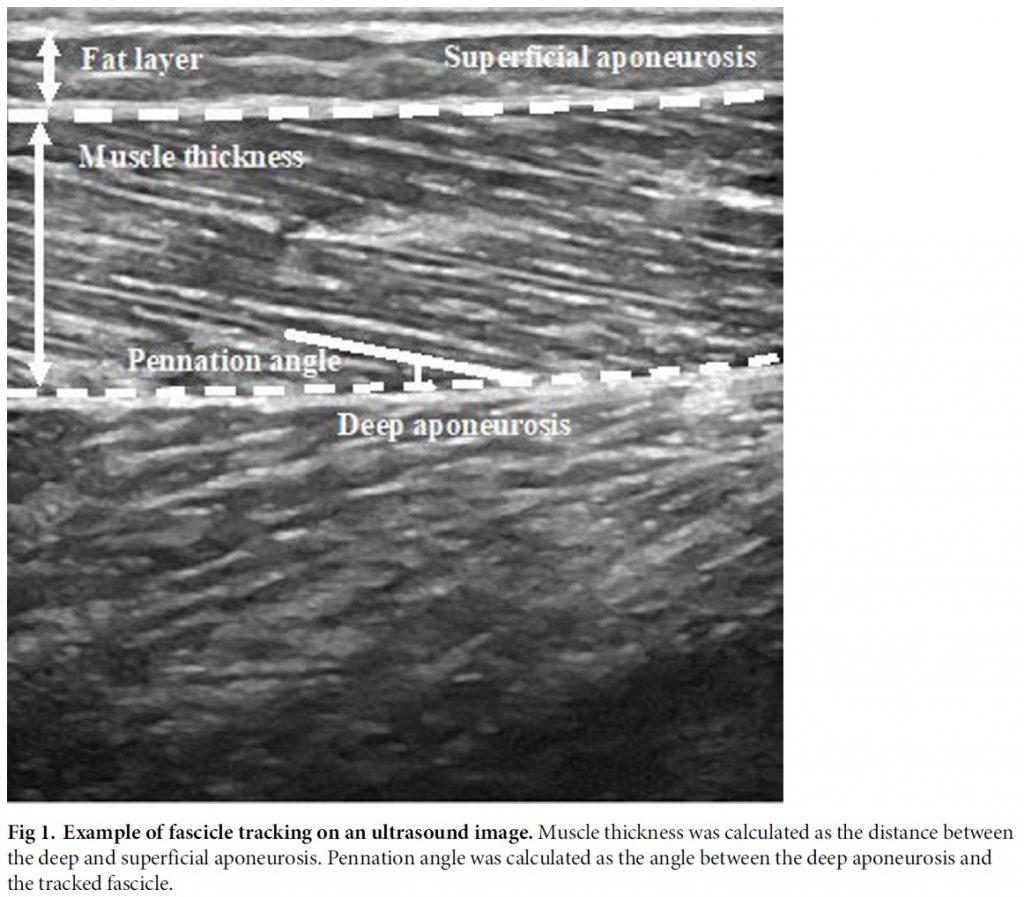Publications

Myotendinous asymmetries derived from the prolonged practice of badminton in professional players
Authors: Alfredo Bravo Sanchez, Pablo Abian, Fernando Jimenez, Javier Abian-Vicen
Affiliations: Performance and Sport Rehabilitation Laboratory, Faculty of Sport Sciences, University of Castilla-La Mancha, Toledo; Faculty of Humanities and Social Sciences, Comillas Pontifical University, Madrid, Spain
Journal: PLOS ONE - September 10, 2019, 14/9 (DOI: 10.1371/journal.pone.0222190)
-
Field & Applications:
- Muscle symmetry
- Sport
Background: The continued practice of a sport linked to the unilateral predominance of the dominant side can provoke chronic asymmetric adaptations in the myotendinous structure and mechanical properties. Objectives: The main purpose was to determine whether asymmetry between the preferred and non-preferred lower limb is present in the lower limb tendon structure, muscle architecture and stiffness values of professional badminton players.
Methods: Sixteen male professional badminton players (age = 24.1 ± 6.7 years; body height = 177.90 ± 7.53 cm) participated in this study. The muscle architecture of the vastus lateralis (VL), medial gastrocnemius (MG) and lateral gastrocnemius (LG) and the structure of patellar and Achilles tendons were measured in the dominant and non-dominant lower limb with ultrasonography. Stiffness was also measured at the same points with a hand-held MyotonPRO. Significant differences between the dominant and non-dominant lower limb were determined using Student’s t test for related samples.
Results: Bilateral differences were observed for thickness, width and cross-sectional area (CSA) in both tendons showing higher values for the dominant side: patellar tendon CSA (2.02 ± 0.64 vs. 1.51 ± 0.42 cm2; p < 0.05) and Achilles tendon CSA (1.12 ± 0.18 vs. 0.92 ± 0.28 cm2; p < 0.05). No significant differences were observed in muscle architecture and myotonic variables between the dominant and non-dominant lower limb.
Conclusions: The prolonged practice of badminton caused asymmetries in the CSA, width and thickness of the patellar and Achilles tendon between the dominant and non-dominant lower limbs. No bilateral differences were found in the muscle architecture of VL, MG and LG or in the stiffness of any muscle or tendon analyzed.

No differences between dominant and non-dominant lower limbs were found in the muscle architecture of the vastus lateralis, medial gastrocnemius and lateral gastrocnemius or in the myometric variables of the muscles and tendons analyzed. On the other hand, the prolonged practice of badminton caused asymmetries in the morphologic structure of the patellar and Achilles tendons. The dominant lower limb showed greater values in thickness, CSA and width of the patellar and Achilles tendons than the non-dominant lower limb. In addition, the negative correlation between the stiffness and the fat layer makes it necessary to take the fat layer into account in the evaluation of athletes when using MyotonPRO technology.


